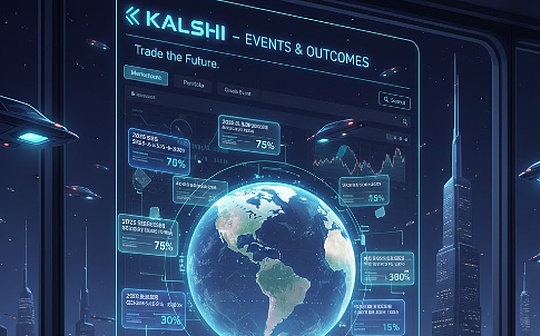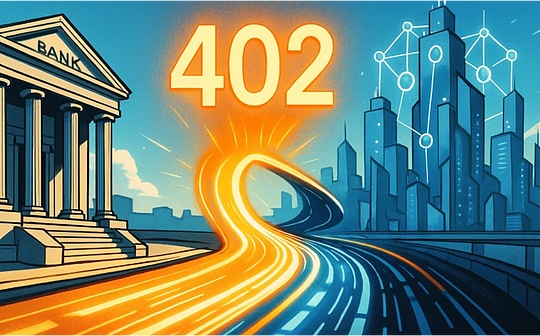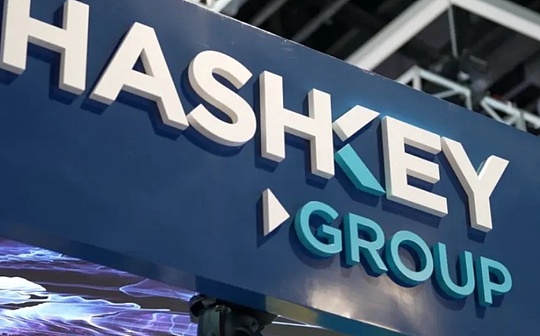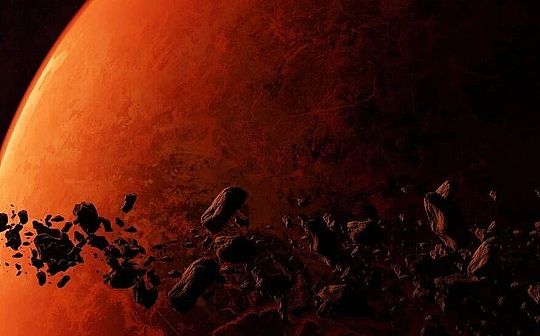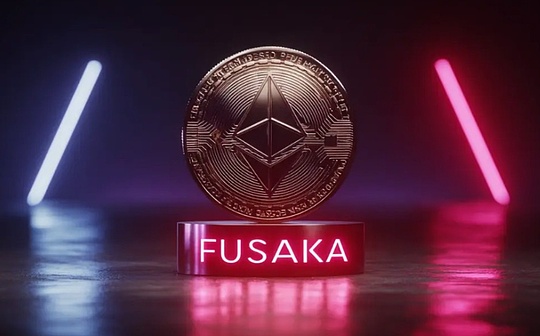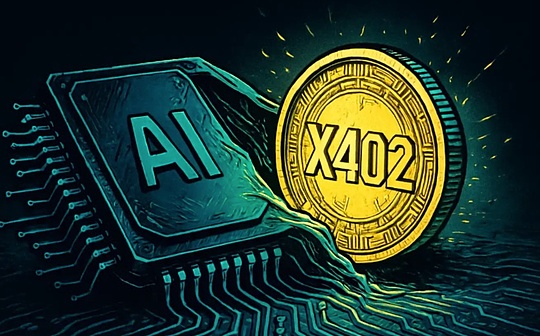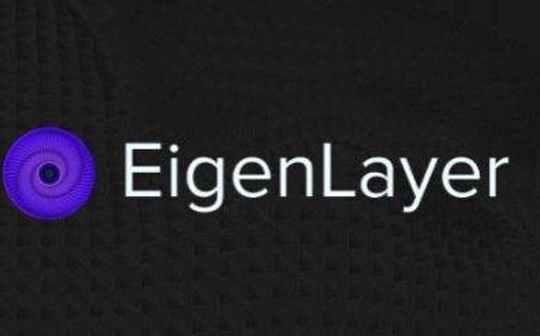
Author: zhixiong Pan Source: Chainfeeds
RestAKing Ecology has finally ushered in two important milestones: EIGENLAYER (and EIGENDA) online main network, and the first batch of AVS on the main network:Altlayer, Brevis, Eorace, Lagrange, Witness Chain, XTERIO.
AVS is the ultimate manifestation of the EIGENLAYER protocol that can really be practical and security.The previous RESTAKING protocols (Renzo/Puffer, etc.) or liquidity reinsurance to the tokens, just one of the ecosystems and the means of attracting liquidity.Earlier, more ETH enters the RestAKing ecology and mobilizes more nodes by motivating supply. Only AVS has the potential to release demand, and can provide more value for Crypto and decentralized networks.
The first batch of AVS is distributed in various tracks, including ROLLUP is service, prediction machine, ZK protocol processing, DEPIN, and games.The most noteworthy is the ZK collaborator, which is a relatively new concept and no mature products. Eigenlayer even supports Brevis and Lagrange at the same time at the same time.
In addition, Eigenlayer’s main online online does not mean that the agreement has entered a mature period. There are still many modules and solutions that have not been fully clear.It is the design of token economics and needs to wait for the team to disclose.
What is AVS?
AVS’s full name Actively Validated Services is a concept set in the Eigenlayer protocol.To put it simply, you can use the AVS analog to “middleware”, that is, you can provide services for terminal products, such as data and verification capabilities, such as the often mentioned “prophet” is not a terminal product, but it can be usedDEFI, games, and wallets provide data services, which is one of AVS.
The downstream of AVS is likely to be a terminal product, which can directly face ordinary users.The upstream of AVS is these nodes involved in RestAKing. They are collected by ETH collected in the Puffer / Renzo and other protocols, and then let the node support certain AVS.
Compared with most protocols, Eigenlayer’s business model is relatively direct. The end users will pay directly or indirectly for the products they use. Then because these products need the services provided by AVS, these expenses will be assigned to AVS and nodes to nodes and nodes.Operators, EIGENLAYER protocols, and users who provide RESTAKING ETH.The specific allocation is different, and early in the early days, it is likely that Crypto’s advantage “token economics” can be used to reward the agreement itself to users.
Therefore, in the future, more AVS types need to be developed, and the reliability that allows end products to trust AVS services can make the entire ecosystem complete the closed loop.
Altlayer: Rollup is the service
Altlayer is a “Rollups-As-AS-ASERVICE (RAAS) supplier, which can customize the deployment of these Layer2 networks according to needs.For a Rollup network, the choice of DA is very important, so in addition to Ethereum, Altlayer also supports EIGENDA developed by Eigenlayer.
In addition, Altlayer also launched the RESTAKED Rollup framework with Eigenlayer, and provided three modular AVS, namely:
-
Vital (AVS for Decentralized Verification of Rollup’s State: AVS that can be decentralized to verify the Rollup state
-
Mach (AVS for Fast Finality): fast final AVS
-
Squad (AVS for Decentralized SequenCing): AVS of the decentralized sequencer
In fact, it is the three problems trying to solve the three problems of the ending of the blockchain, the setting layer and the centralization of the order.This is also several necessary modules of Rollup.The MACH module is launched this time to provide services to XTERIO and Optimism.
Brevis: ZK collaborator
The concept of “ZK Coordination” has been more than a year, but because there are fewer applications and obscure understanding, many people have no concept.To put it simply, it is possible to obtain more verifying data through zero -knowledge proof technology to allow Ethereum’s smart contracts to enrich the application scenarios of application.
A solution provided by Brevis can achieve the ability of the ZK collaborator through AVS.The team comes from Cele Network Cele Network, and Mo Dong is the co -founder of these two projects.This time he also gave a speech at the “A Smart ZK Coprocessor” at the Hong Kong Web3 Scholars Conference.
Brevis proposes the Cochain solution to further reduce the cost of “ZK Association processor” based on smart contracts and zero -knowledge proof technologies, that is, it provides a more cost -effective solution and can provide the ability that could not be achieved.EssenceAfter all, EVM still has many restrictions and restraints.
Brevis Cochain is a POS blockchain that can protect its security through ETH pledge and rely on the Eigenlayer protocol.It is more like a combination of “optimism” mechanism and the “ZK” mechanism, or it can be called fraud proof and effective proof.If you find any evil, you can initiate a challenge by generating zero knowledge proof and punish the evil side.This will also involve the design and consideration of some game theory and token economics.
>
Eorace: Modular and programmable prophet network
The name Eoracle of the prediction machine protocol comes from (e) theReum + Oracle.They claim that they are the first “native” prophecy on Ethereum, maybe because the safety of the prophecy is guaranteed by the pledged ETH, and the prophecy machine like Chainlink, the security is network and its node network and it is its own.Token Link is guaranteed, the security assumptions are different.
The needs of the prophecy machine and the business model are much more clear than the other AVS. Many DEFI and RWA need data outside the chain, and the prophet network is to verify the data through the participating nodes.
Eoracle clearly states that it will be a model of double token. Several other AVS may also be this model, that is, the security dependence of the network depends on the RESTAKED ETH to ensure it. At the same time, it will also issue AVS native currencies to motivate nodes.As for the more use and design of the native currency, it has not been disclosed for the time being, but they believe that the native token can promote the participation of the network (that is, motivates users?), Ensure that fair value distribution (that is, income is allocated according to Token?) And promote the EoraCle protocolDecentralization (that is, as weight or governance?).
>
Lagrange: parallel ZK collaborator
Lagrange is also a ZK collaborator, but they also emphasize the concept of “Parallel”.In addition, it is similar to the services provided by Brevis.
The Lagrange team said that the native support of the ZK associate processor they designed can easily prove the result of the large -scale distributed calculation of the storage or transaction data on the chain, and it proves that the working load can be distributed at the same time in thousands of thousands of ones.On the working node, security is also guaranteed by ETH on Eigenlayer.
Last month, Renzo, Swell, and Puffer also announced their cooperation with Lagrange, and the three parties will entrust $ 500 million RESTAKED ETH to Lagrange.Lagrange also designed some functions that use their protocol characteristics for these platforms, such as the ability to call Lagrange to obtain historical data on the chain, and then calculate points for users based on this data.
The name Lagrange comes from mathematician, mechanic and astronomer “Lagram”.
Witness Chain: DEPIN network
Witness Chain is a network designed for decentralized Internet of Things device. It contains many components, such as DCL (DEPIN Coordination Layer).The bandwidth, physical location, etc. of the node.They refer to these basic services as WatchTowers, used to measure the above data, and then generate effective proofs and use in the DCL layer.This is very similar to the literal meaning of Witness in Witness Chain: “Witness”.
>
XTERIO: L2, which focuses on game ecology
XTERIO is slightly different from the above AVS. It is actually a two -layer blockchain based on EIGENDA and OP Stack issued by Altlayer’s RaaS.XTERIO Chain will focus on the scenes related to AI and Web3 games.Altlayer said that XTERIO L2 uses Mach (AVS for Fast Finality) mentioned above.Altlayer also provides Mach services to Optimism’s main network.
Outlook and challenge
Eigenlayer ecology will definitely have more types of AVS.But Eigenlayer is also worried about the systemic risks brought by Ethereum ecology, because Eigenlayer has skipped the “smart contract” and directly took over the node ecology of Ethereum.Nothing is different.However, this is also the charm of a system that does not require a license. Even if there is no Eigenlayer, there will be other people trying this direction.
In addition, LIDO, as Ethereum ecosystem of the largest liquidity pledge agreement, not only pledged the most ETH, but also many node operators. Perhaps these direct interests of Eigenlayer and Lido will also make Lido think of their business models and sustainability.And Eigenlayer itself also needs a lot of time to gradually make up for the lack of modules.


